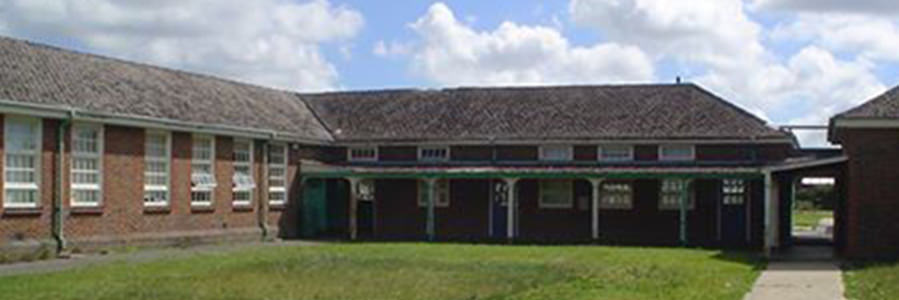Hersee was a television engineer. He was born on December 29, 1924 at Loxwood near Wisborough Green. He was educated first at the Elm Grove School, Littlehampton before obtaining a bursary to Chichester High School for Boys; he later read physics from 1942 at University College, Southampton.
After five years at EMI he joined the BBC studio installation and planning department embarking on a career that would eventually enable him to make his mark on television history. Its pioneering work involved acquiring and assembling link equipment for microphone, camera and transmitter. The department’s initial task was to re-equip the 405 line black and white TV studios to operate on 625 lines. The work in London was centred on studios at Limegrove, Riverside, the TV Theatre and Television Centre and others throughout Great Britain. Initially involved in general project work, Hersee gradually became more specialised.
The need arose for a new test card to be placed in front of the camera to enable assessment of the technical performance in the colour chain from camera to the viewing receiver. The design came after Hersee was asked to intervene by the committee charged with the creation of technical standards for the new colour TV services. In collaboration with BBC engineering departments and industry Hersee devised his BBC Test Card F.
Professional models were considered for the card’s image. However, due to the long term fickleness of fashion this would lead to costly updating, so he proposed that a child should be used. He arranged for his daughter Carole aged eight to pose showing her with chalk in hand in front of a blackboard with a noughts and crosses game with her stuffed toy ‘Bubbles’ looking on. An X on the board was centralised as an engineering requirement to carry out static convergence checks. It was to become one of TV’s enduring images. Fame and recognition followed for him and his daughter. Now only to be seen in the early hours of the morning on BBC 2, this iconic image made Carole’s face the most aired in British Television history spending more than 70,000 hours (eight years in total) on the BBC airwaves; she must have been seen by most people in the land and also in many other countries. The card kept going until replaced by Ceefax pages in 1983.
George Hersee spent thirty years with the Corporation retiring to work in this field with a private engineering company. He maintained his connection with Southampton University and became secretary of the Retired Engineers Luncheon Club (RELICS). He revived the London Branch of its Graduates Club, missing only two annual dinners in fifty years. Described by those who knew him as friendly, helpful and caring he died in Bournemouth Hospital after suffering a second heart attack.
Post scriptum: Although adapted for wide-screen television his design is still use today.
Sources
The Times (19/4/2001) The Guardian (21/4/2001)
Daily Telegraph (19/4/2001) The Independent (23/4/2001)

